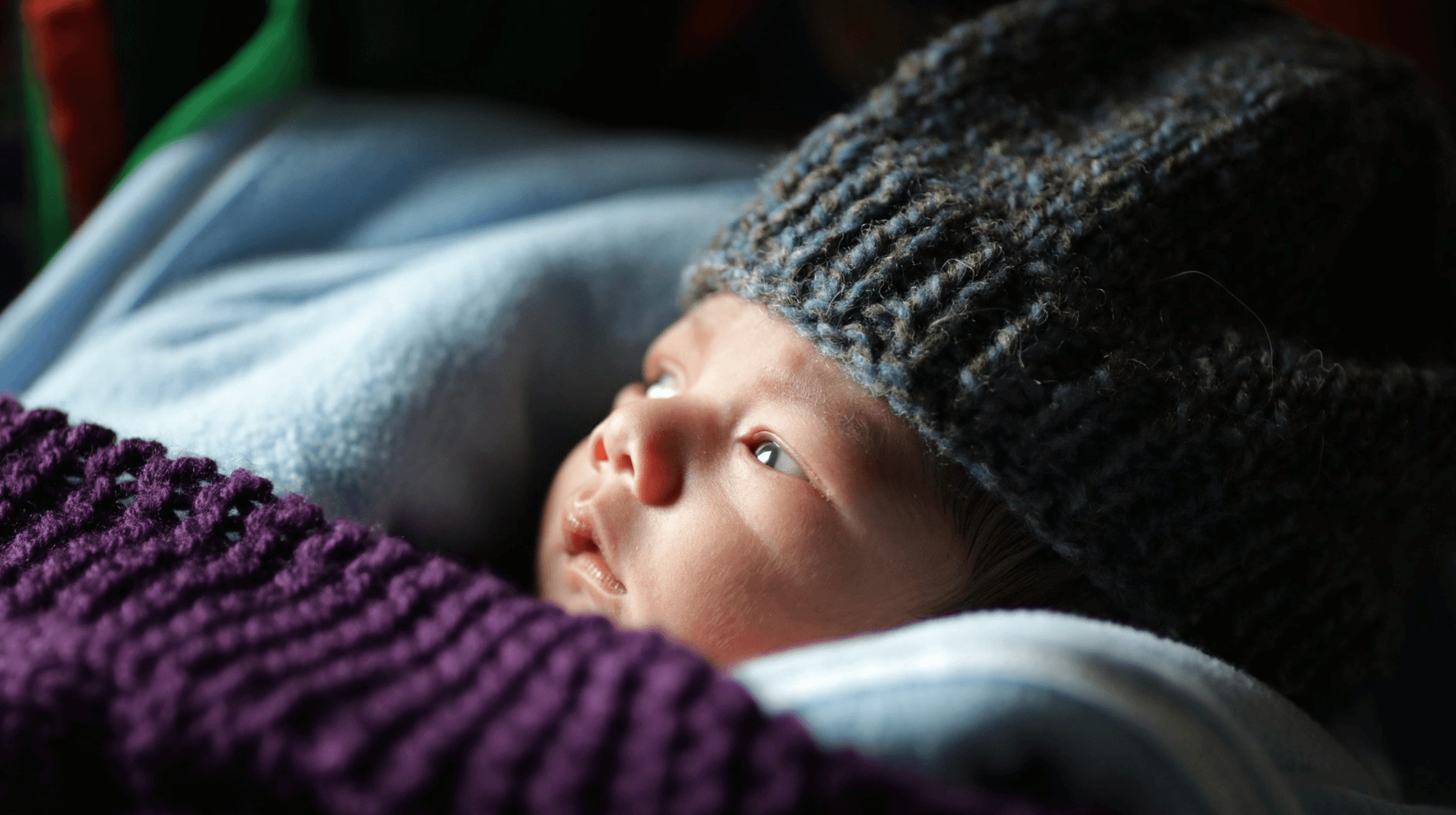Saving Nepali mothers and babies district by district

Thirty years ago, an average of 900 mothers out of every 100,000 died at childbirth in Nepal. By 2016, this figure had fallen to 239 maternal deaths.
This noteworthy progress in mother and child survival over the past 30 years has been a success story of the government working with international partners.
However, in the past five years, progress has flatlined. At least 2,000 new mothers still die in Nepal every year, mostly because they cannot reach hospitals in time, or because health posts are poorly staffed and equipped.
At this rate, it will be difficult for Nepal to reach the maternal mortality ratio target in the UN’s Sustainable Development Goal of 70: 100,000 in the next seven years.
In fact, the country already missed its 2020 target of reducing maternal mortality to 116. Health experts say this calls for a reinvigorated government health campaign, and a new kind of involvement of outside agencies.

The challenges in reducing mother-baby death rate are many: a chronic shortage of skilled birth attendants, difficulty in diagnosing and treating complicated pregnancies in time, understaffed and underfunded government facilities.
The US-based non-profit One Heart Worldwide has been working in rural Nepal for the past 11 years on a new template of building capacity at far-flung government health posts to improve maternal and neonatal healthcare service.
Read also: Who will save Nepal’s poor new mothers? Rojita Adhikari
One Heart’s formula is to assess the maternal-child health situation in a district, develop a customised strategy, support rural birthing centres with skilled birth attendants, deploy trained community health workers, equip delivery rooms.
The organisation works with local elected politicians, getting municipalities to bear a part of the cost, and every year it hands over four districts to local governments to own and run before moving on to the next four districts.
https://www.youtube.com/watch?v=tVA--CRk3nM“This allows local governments to take ownership of health facilities,” says Surya Bhatta of One Heart Worldwide. “We can’t make our people always dependant on the outside. We are making a difference in districts we have worked in. What can be more fulfilling than saving lives?”
Bhatta returned to Nepal after graduating from Dartmouth College in the US, and feels passionately about his work because his own mother was married at 11, and nearly died delivering her first baby at 16.
Since 2010, One Heart has helped upgrade 2,600 health facilities in 282 municipalities in 28 districts and reached nearly 370,000 pregnancies. Last week, the organisation signed an agreement with the Ministry of Health and Population to apply its cooperation model in birthing centres in Karnali and Madhes Province.
“Although Nepal’s overall maternal-child health statistics have improved in the past 30 years, those two provinces have been lagging behind. This is why we signed the agreement to work in Madhes and Karnali Provinces for the next five years,” says One Heart Worldwide CEO David Murphy.

One Heart was started in 1997 by American obstetric nurse Arlene Samen who first set up a community-based health care delivery model in Tibet before moving to Nepal in 2010. It has since worked in Baglung, Dhading, Sindhupalchok, Khotang, Bhojpur, Tehrathum, Panchthar and Taplejung — handing over the facilities to local municipalities.
It is currently working in Dolpo, Rukum West, Salyan, Myagdi, Parbat, Nuwakot, Kavre, Dolakha, Udaypur, Rautahat and Sarlahi. One Heart has chosen Karnali and Madhes Provinces because of the high maternal mortality ratio and neonatal deaths there.
For example, the total fertility rates in the two provinces are 2.7, while Bagmati and Gandaki are below replacement level. Institutional deliveries in Karnali and Madhes are also at 63%, while it is nearly 90% in Bagmati and Gandaki.

“Everything is below average in those two provinces, health outcomes, inequality, poverty, institutional deliveries,” says Bhatta.
But One Heart has found that simple interventions like training nurses in resuscitation of new-born babies, or preventing infections can bring down neo-natal deaths dramatically. Nepal’s average neonatal death ratio has fallen to 16 for 1,000 live births, but is stagnating and there is a glaring imbalance between rich and poor families.
After handing over facilities in Dhading district, it found that there was a dramatic decrease in maternity cases in the district hospital because babies were being delivered at rural birthing centres, and institutional deliveries in the district had soared to 90%.
Bhatta admits that the two provinces will be “very challenging” to work in given scattered settlements in the mountainous Karnali and the densely-populated plains of Madhes Province.
For example, its birthing centre in Laxmipur of Sarlahi handles 1,000 deliveries a year, many times more than even the district hospital in Dunai of Dolpo.
Says Bhatta: “Nepal faces so many challenges, and every little contribution you make, makes such a huge difference. That is why a partnership like One World is so fulfilling.”
Read more:
3 Nepali mothers still die daily at childbirth, Marty Logan
Midwives to the rescue in Nepal, Laxmi Tamang




